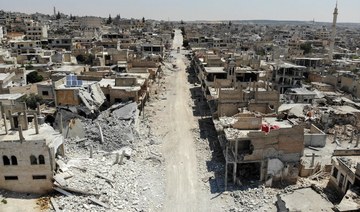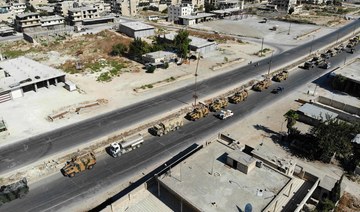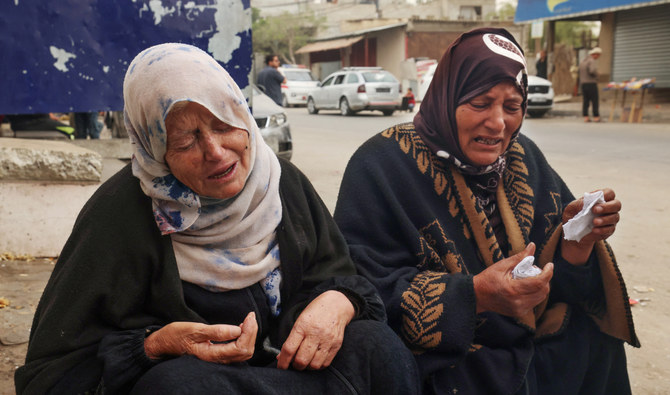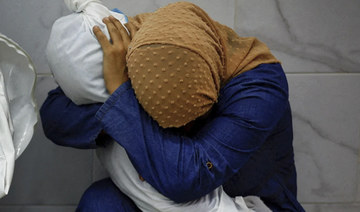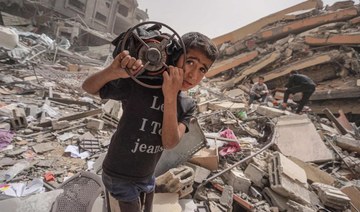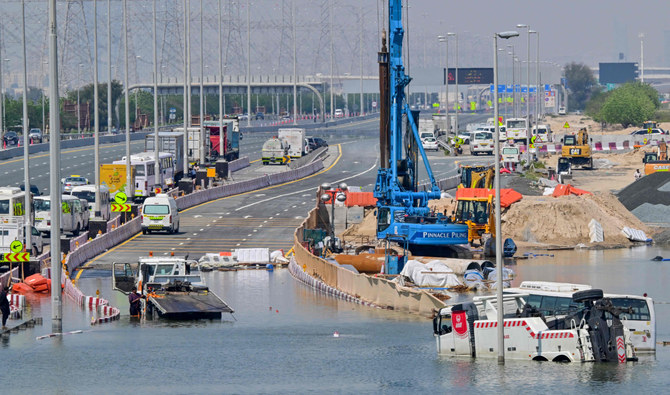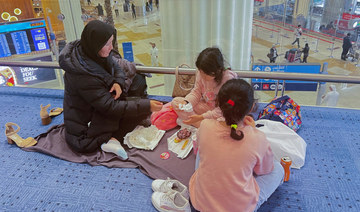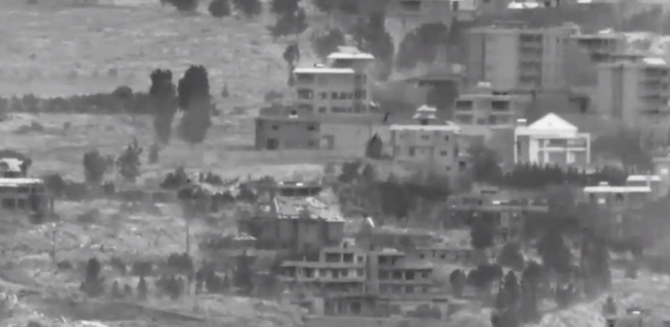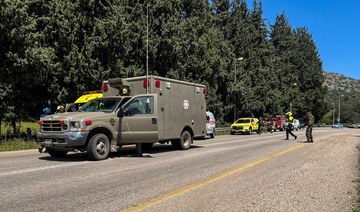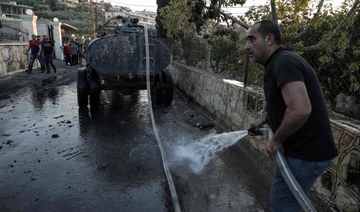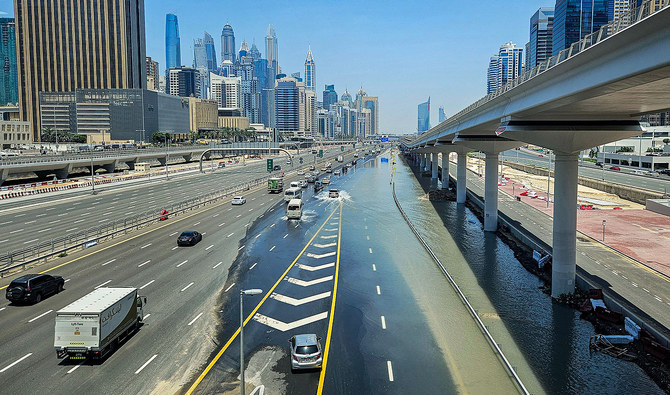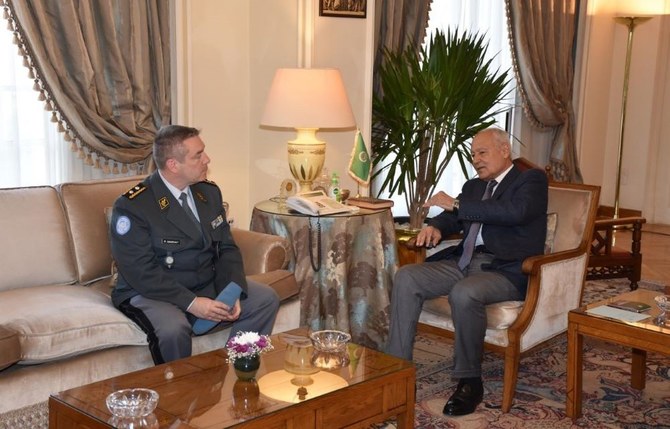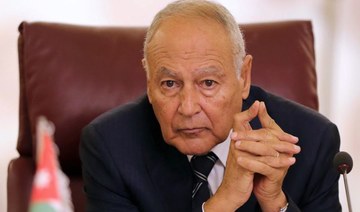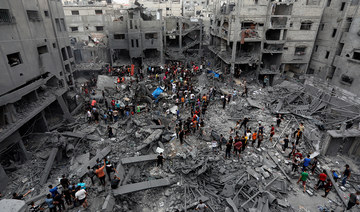ANKARA: Syrian regime forces opened fire on a Turkish observation post No. 8 eight — in Sirman, Maarat Al-Numan in southeastern Idilb — on Thursday morning. Observation post No. 9, in the town of Morek, is reportedly surrounded as well.
The observation post in Sirman is of strategic importance due to its location in the north of Khan Sheikhoun — an area which regime forces, supported by Iranian-backed foreign militia and Russian forces, have targeted in recent days.
Khan Sheikhoun is the fourth-largest town in Idlib and has been under the control of opposition forces for five years. It is situated on the M5 highway, which connects Aleppo to Damascus and is an important supply route for the rebels.
Although all Turkey’s observation posts in Syria are manned, experts have warned of a looming security threat as Syrian regime forces have intensified their military operations in the area despite the presence of the posts.
FASTFACT
Turkish President Recep Tayyip Erdogan, Russian President Vladimir Putin and Iranian President Hassan Rouhani are expected to discuss Idlib at next month’s meeting in Ankara.
Two Turkish soldiers have been killed by mortar strikes on observation posts in recent months, with 12 military staff wounded. On Monday, an airstrike on a Turkish military convoy killed three civilians who were heading toward observation post number eight.
The Russian Foreign Ministry’s most-recent statement on the matter — saying that Turkey has to honor the Idlib agreement — could be seen as another faultline opening up between the two partners on their Syria policy. Ankara and Moscow agreed last September to create a de-escalation zone in Idlib to prohibit acts of aggression.
Navvar Saban, a military analyst at the Omran Center for Strategic Studies in Istanbul, told Arab News that Turkey should not retreat from the Morek observation post, adding that there is no obvious escape route from the area.
“Turkey committed in the last few days to hold its observation post. If they retreat from the area, they will break their commitments and it will make them look very bad in front of the international community and even the opposition they support,” he said. “Northern Hama is empty now, in terms of civilians. Turkey is conducting negotiations to control this area.”
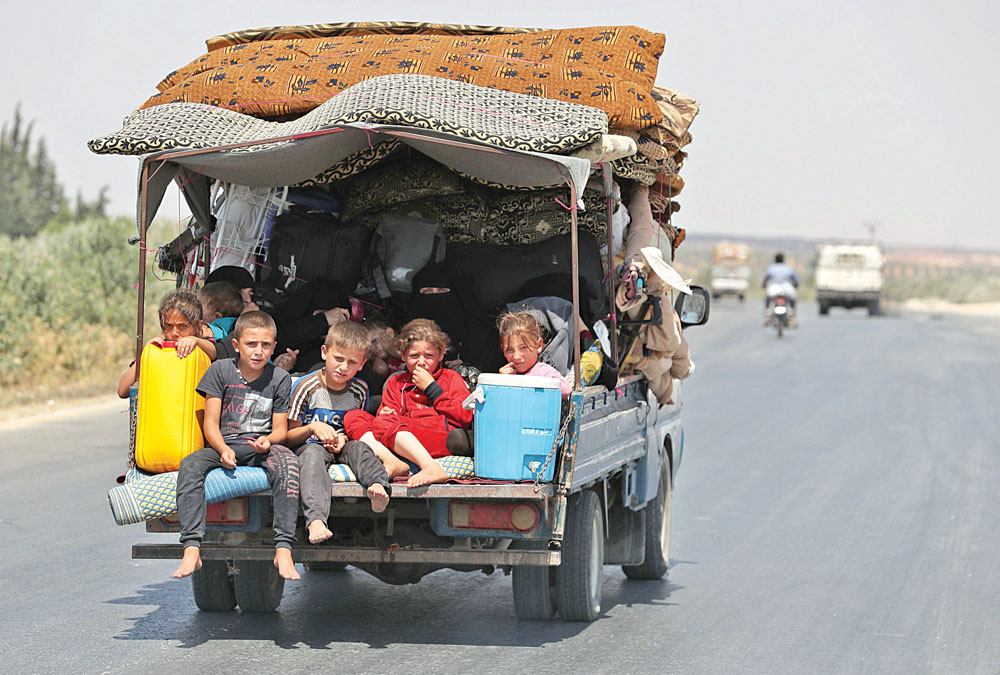
Civilians flee a conflict zone in Syria’s northwestern region of Idlib, where regime attacks have killed hundreds since late April. (AFP)
Saban said Turkey “will not withdraw from its observation posts before the next Astana meeting with Russia and Iran in September.”
Turkish President Recep Tayyip Erdogan is set to host Russian President Vladimir Putin and Iranian President Hassan Rouhani for a summit in Ankara on Sept. 16.
They will discuss Idlib as well as the establishment of a constitution commission and how the political process should continue, said Erdogan’s spokesman Ibrahim Kalin.
Ammar Hamou, a Jordan-based Syrian journalist, said that all indications suggest the regime has no intention of halting its military action, and that its intention is to seize control of the M5 highway.
Hamou said that there is a feeling among Syrians that Turkey is the “silent guarantor,” because it did not react strongly to the regime’s violations on the borders of the de-escalation zone four months ago.
He said he did not expect that Turkey would move its observation posts unless the regime exceeds the limits of the Turkish-Russian agreement. “The silence of Russia on the regime’s excesses in terms of the Astana agreement is not strange.”
Hamou told Arab News: “The Turkish-Russian-Iranian agreement (based on) the Astana talks provides for the protection of safe areas like Eastern Ghouta, southern Syria, Homs, and Idlib. Today, three of them are, with Russian support, under the regime’s control.”
Hamou believes that Ankara is extremely dissatisfied by Russia’s silence on the Syrian regime’s violations of the agreement, but that the Turkish government is unwilling to risk the deterioration of its relationship with Moscow.
Under the de-escalation zone deal of last year, Turkey was required to ensure the withdrawal of extremist groups and heavy weaponry from that zone.
With Syrian militants withdrawing from several positions in the region, Ankara is also concerned that the fighting may cause a further influx of displaced people into Turkey, which already hosts 3.6 million Syrian refugees.
The Syrian regime has opened a corridor in the village of Soran, on the southern part of the opposition-held area, to allow civilians to escape.




